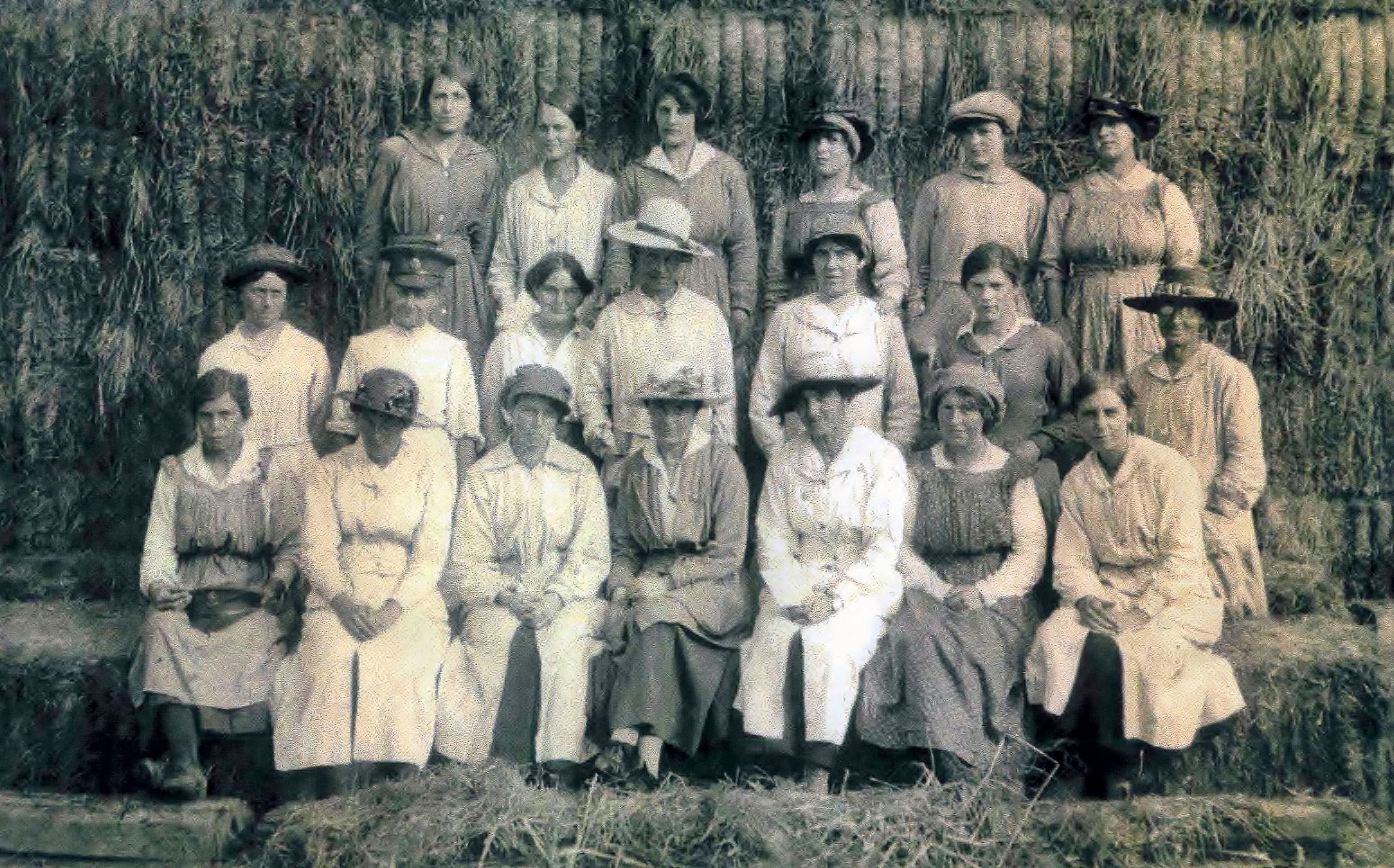EAW008979 ENGLAND (1947). The Keymer Brick and Tile Works, Burgess Hill, 1947. This image was marked by Aerofilms Ltd for photo editing.
© Copyright OpenStreetMap contributors and licensed by the OpenStreetMap Foundation. 2026. Cartography is licensed as CC BY-SA.
Nearby Images (9)
Details
| Title | [EAW008979] The Keymer Brick and Tile Works, Burgess Hill, 1947. This image was marked by Aerofilms Ltd for photo editing. |
| Reference | EAW008979 |
| Date | 12-August-1947 |
| Link | |
| Place name | BURGESS HILL |
| Parish | BURGESS HILL |
| District | |
| Country | ENGLAND |
| Easting / Northing | 532347, 119284 |
| Longitude / Latitude | -0.11538003983201, 50.957220111697 |
| National Grid Reference | TQ323193 |
Pins

Geoff Smith |
Tuesday 21st of July 2020 09:44:28 AM | |

MB |
Monday 18th of November 2013 03:22:01 PM | |

MB |
Monday 18th of November 2013 03:21:25 PM | |

MB |
Monday 18th of November 2013 03:20:46 PM | |

MB |
Monday 18th of November 2013 03:19:47 PM | |

MB |
Monday 18th of November 2013 03:19:09 PM | |

MB |
Monday 18th of November 2013 03:18:46 PM | |

MB |
Monday 18th of November 2013 03:18:09 PM |
User Comment Contributions

The Keymer Brick & Tile Works had access to and from the London, Brighton & South Coast Railway (LBSCR) this enabled them to receive supplies in and transport goods out from the works. During WW1 vast quantities of horses and mules were requisitioned by the army to transport weapons and supplies. The demand for hay and fodder was enormous to feed the livestock. From around 1915 these works were used by the Army Service Corps (ASC) as a Forage Depot and also staffed by the Women’ Forage Corps (WFC). The WFC was formed in 1915 they were civilians but came under the control of the ASC and by 1917 their number had reached 8,000. The WFC were mainly based at British depots and army camps to tend the animal needs. This Forage Depot was ideally placed next to the LBSCR Line. This line went east and served Lewes, Eastbourne & Hastings. The line branches off the main London / Brighton line just south of Wivelsfield Station. This junction is known as 'Keymer Junction'. Once loaded with forage the train would then leave the works and head for Newhaven Docks via Lewes. At the docks the forage would be loaded onto ships to be transported over the Channel to France & Belgium. During WW2 the works were used again but this time by the Navy for storage purposes. |

Alan |
Thursday 24th of July 2014 12:38:44 PM |


![[EAW008979] The Keymer Brick and Tile Works, Burgess Hill, 1947. This image was marked by Aerofilms Ltd for photo editing.](http://britainfromabove.org.uk/sites/all/libraries/aerofilms-images/public/100x100/EAW/008/EAW008979.jpg)
![[EAW008975] The Keymer Brick and Tile Works and the surrounding area, Burgess Hill, 1947](http://britainfromabove.org.uk/sites/all/libraries/aerofilms-images/public/100x100/EAW/008/EAW008975.jpg)
![[EAW008973] The Keymer Brick and Tile Works, Burgess Hill, 1947](http://britainfromabove.org.uk/sites/all/libraries/aerofilms-images/public/100x100/EAW/008/EAW008973.jpg)
![[EAW008978] The Keymer Brick and Tile Works and the surrounding area, Burgess Hill, 1947. This image was marked by Aerofilms Ltd for photo editing.](http://britainfromabove.org.uk/sites/all/libraries/aerofilms-images/public/100x100/EAW/008/EAW008978.jpg)
![[EAW008981] The Keymer Brick and Tile Works, Burgess Hill, 1947](http://britainfromabove.org.uk/sites/all/libraries/aerofilms-images/public/100x100/EAW/008/EAW008981.jpg)
![[EAW008982] The Keymer Brick and Tile Works and the surrounding countryside, Burgess Hill, 1947. This image was marked by Aerofilms Ltd for photo editing.](http://britainfromabove.org.uk/sites/all/libraries/aerofilms-images/public/100x100/EAW/008/EAW008982.jpg)
![[EAW008980] The Keymer Brick and Tile Works, Burgess Hill, 1947](http://britainfromabove.org.uk/sites/all/libraries/aerofilms-images/public/100x100/EAW/008/EAW008980.jpg)
![[EAW008976] The Keymer Brick and Tile Works and the surrounding area, Burgess Hill, 1947. This image was marked by Aerofilms Ltd for photo editing.](http://britainfromabove.org.uk/sites/all/libraries/aerofilms-images/public/100x100/EAW/008/EAW008976.jpg)
![[EAW008974] The Keymer Brick and Tile Works and the surrounding area, Burgess Hill, 1947. This image was marked by Aerofilms Ltd for photo editing.](http://britainfromabove.org.uk/sites/all/libraries/aerofilms-images/public/100x100/EAW/008/EAW008974.jpg)